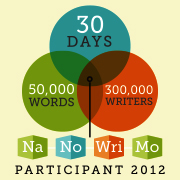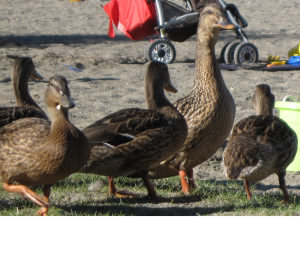
Kiki demonstrates the lazy nature of the verb “was”
What words of wisdom do I have regarding self-editing? To start with, I recommend a book by Ken Rand, The 10% Solution. The sticker price is $10, and it’s a slim book and a quick read. Like all how-to-write books, I expect more of it will be meaningful to me as my writing improves, but for now it has two main ideas I frequently use now.
1) Read the story aloud. This advice is just so important. Many errors, awkward sentences, overused words, and bad grammar just jump right out at you when you read the story aloud.
2) Use the search function on your word processor to identify problem markers. In his book Ken Rand identifies twenty-six words and suffixes to scrutinize. This is a very useful tool for zeroing in on problem areas of a story that may need rewriting.
I could just end there with the advice to go read that book. (I really do recommend it.) But first I’d like to explain my own take on why “ly”, “ing”, “was”, and “of” (as examples) are problem indicators. I don’t love to study grammar, but lately I’ve found that knowing a little bit about grammar helps me understand why certain word constructions are more successful than others.
Most adverbs end in “ly”. The purpose of adverbs is to modify the verb. Now, verbs are what bring life to a story. Good verbs engage the reader and drive the action. But adverbs are word vampires. They suck the life energy right out of a verb, and slow it down so that it’s left struggling to move. Some writers avoid adverbs completely. For myself, I’m willing to put up with a few. But generally speaking, every time “search” finds an adverb, I try to find a better verb and toss the adverb. When I do use an adverb, I make sure it’s pulling its weight by adding an important piece of information to the verb. For example, in the phrase “ran quickly”, “quickly” is not adding any information. A better verb might be “dashed” or “sprinted”, or just plain “ran”.
The “ing” suffix is added to a verb to make it function like a noun. (In grammar, I think it’s called a “gerund” or “verbal noun”.) Examples are: build to building, dance to dancing, feel to feeling. Usually an “ing” word is giving a name to an activity, behavior, or “state of being”. Sometimes “ing” is added to a verb to turn it into an adjective (“tantalizing scent”, for example). Words that end in “ing” are the cross-dressers of the English language. It’s easy to be fooled. Once a verb dresses up in “ing” drag, he is for all intents and purposes a noun. Don’t let him sneak into the verb position!
“Was” (and her plural form “were”) are the past tense of the “to be” verb. “Was” is passive. She is the couch potato slowing down your prose to take a nap, and putting your reader to sleep along with her. She likes to collude with her best friend Gerund, and make your story boring with passive phrases like “he was running” instead of “he ran”. When I start editing, I usually search for “was” first, because she sneaks into my first drafts way too often. I replace “was” with an active verb whenever I can.
The word “of” can be used to construct the genitive, or possessive case instead of “ ‘s”. For example “the tail of the dog” or “the dog’s tail”, “the love of a mother”or “a mother’s love”, are genitive constructs that mark one noun modifying another. Sometimes “of” is used with intent, for example “the quality of mercy” sounds so much better than “the mercy’s quality”. Or there may be an established convention, for example we (usually) wouldn’t write “The America’s United States”. But “of” is another word to watch out for. “Of” has passive aggressive tendencies and likes to slow down the action. He makes the reader stop and pay attention to exactly which noun is possessed by another. Stories often move along faster using “of’s” agreeable little sister “ ‘s”.
Now that I’ve finished this blog post, it’s time to go edit a story. But first I’ll just make myself a cup of coffee…











